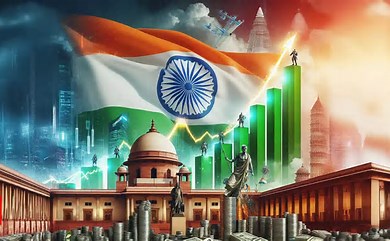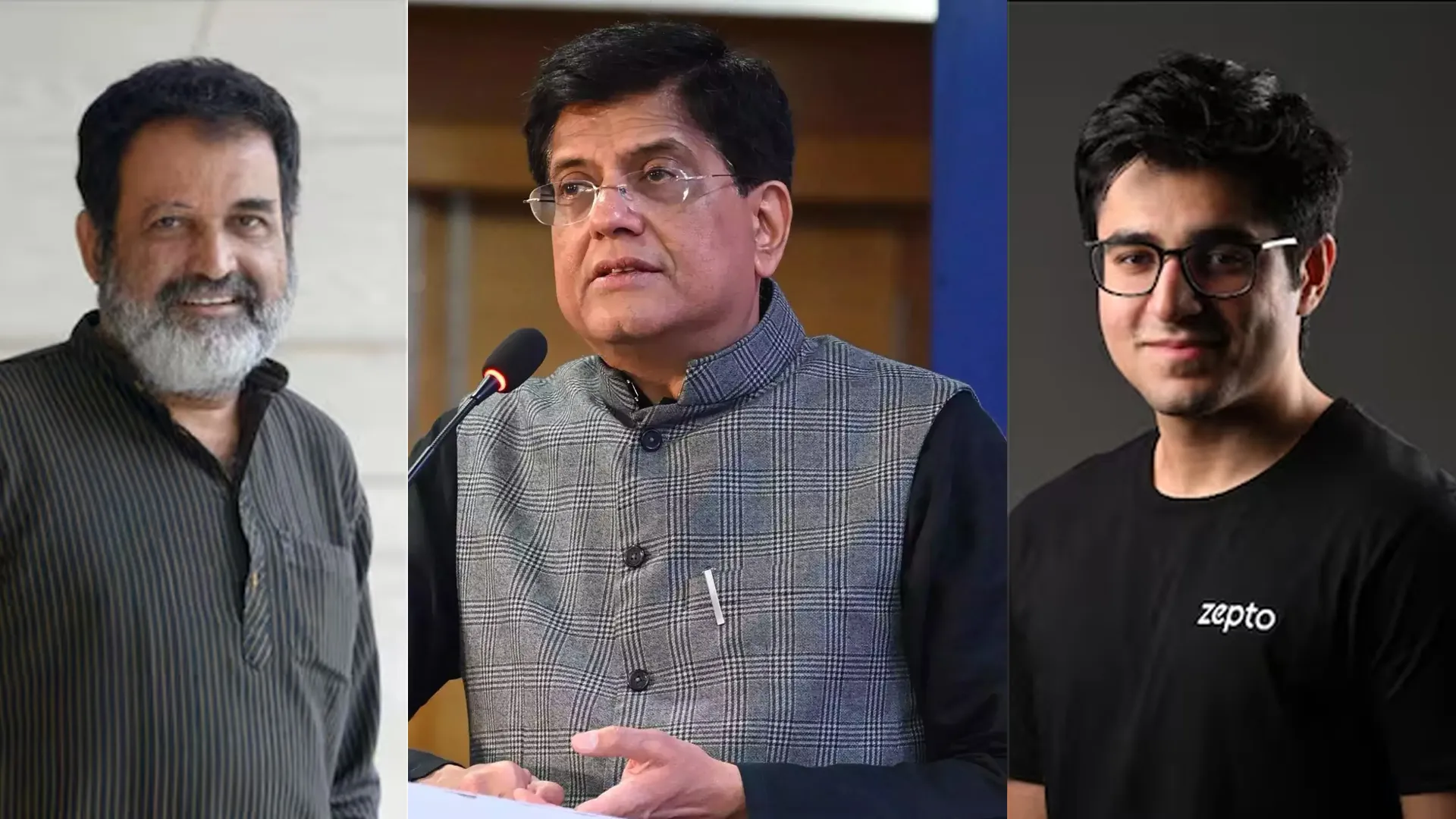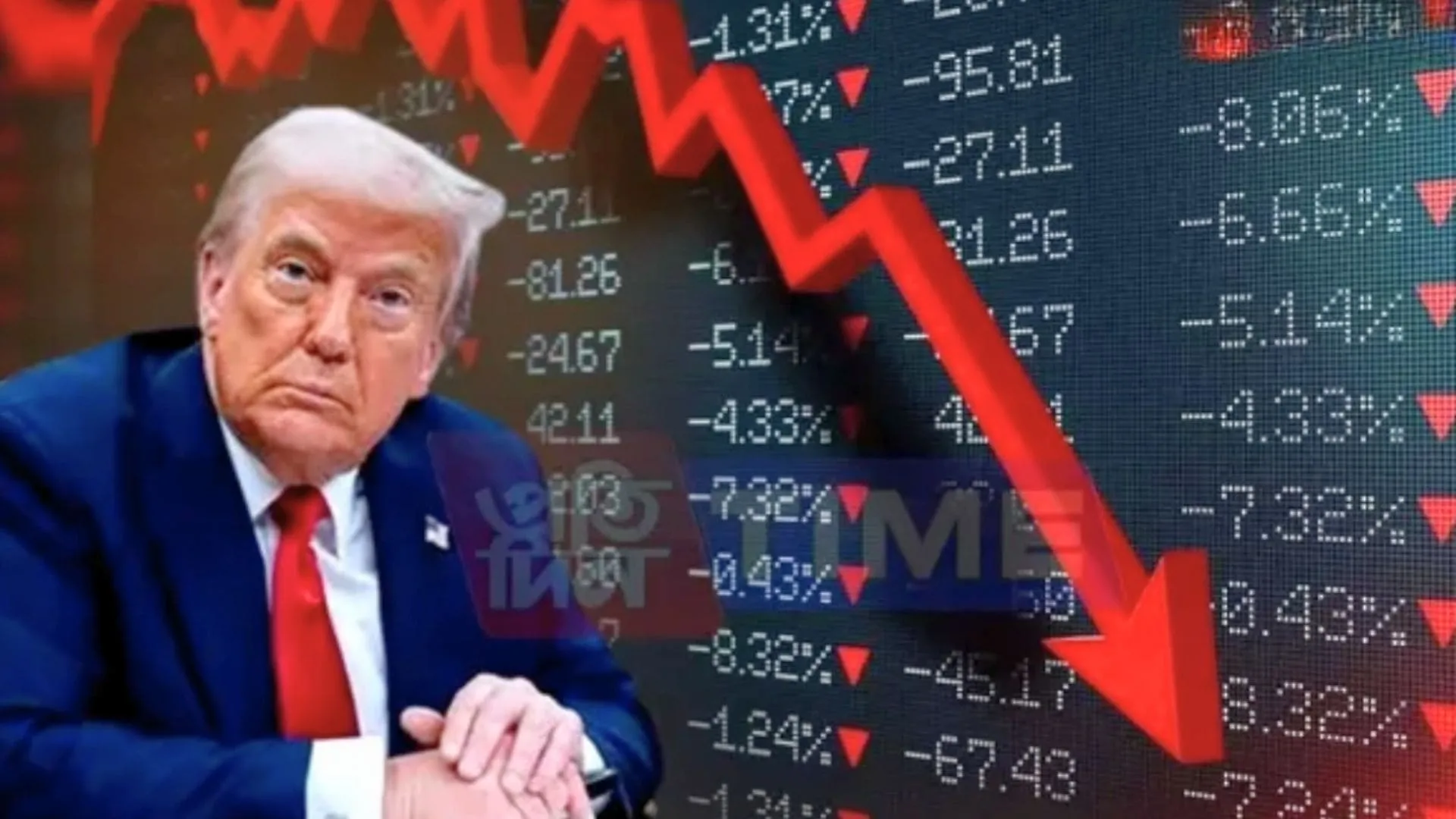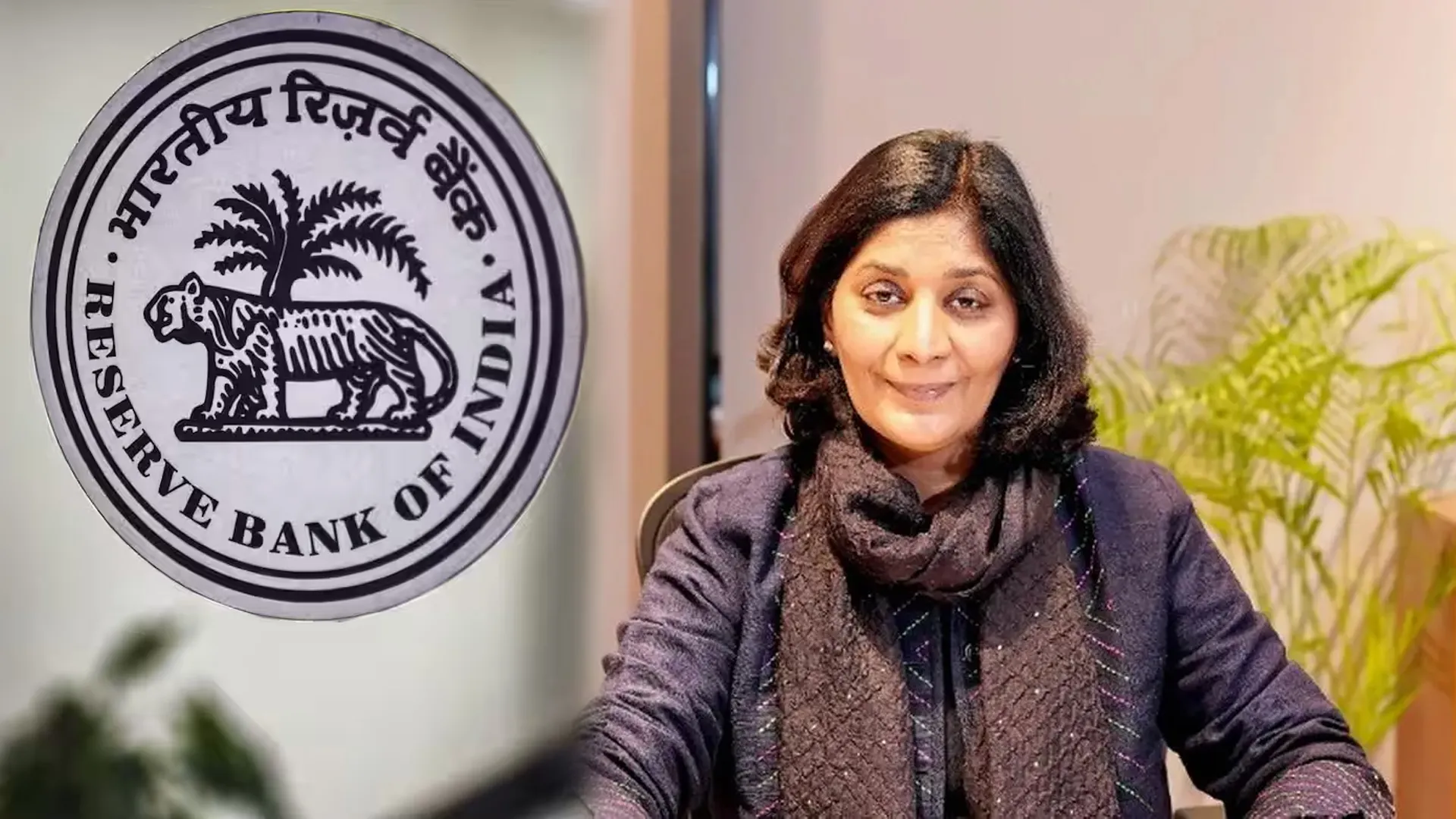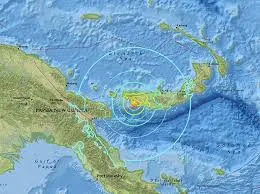India’s gross domestic product (GDP) growth slowed to 6.7% in the first quarter of the 2024 fiscal year, marking a five-quarter low. This decline comes in contrast to the 8.2% growth recorded in the same period last year, with the agriculture sector being the main drag on the economy, according to data released by the National Statistical Office (NSO) on Friday.
Agriculture Sector Underperforms
The agriculture sector, which plays a crucial role in the Indian economy, saw a significant slowdown, with growth dropping to 2% in the April-June quarter. This is a sharp decline from the 3.7% growth seen in the corresponding quarter of the previous fiscal year. The reduced agricultural output is a major factor contributing to the overall slowdown in GDP growth.
Manufacturing Sector Shows Resilience
On a positive note, the manufacturing sector demonstrated resilience, with growth accelerating to 7% in Q1 2024, up from 5% in the same quarter last year. This increase suggests that while agriculture struggled, other sectors of the economy continue to drive growth, albeit at a slower pace.
Economic Growth and Central Bank Implications
The latest GDP figures come as a disappointment, with growth falling below the Reserve Bank of India’s (RBI) estimate of 7.1% for the quarter. The slowdown may increase pressure on the RBI to reconsider its monetary policy, as it has kept interest rates steady at 6.50% for over 18 months. The previous low for GDP growth was 6.2% in the January-March quarter of 2023.
Factors Contributing to the Slowdown
Experts attribute the slowdown in part to sluggish government capital expenditure. According to reports from AFP, prolonged summer heatwaves in parts of the country also negatively impacted urban consumption and store footfalls. These factors, coupled with slower capital spending, have contributed to the reduced pace of economic growth.
Fiscal Deficit and Government Spending
India’s fiscal deficit for the April-July period stood at 2.77 trillion rupees ($33.05 billion), representing 17.2% of the estimated deficit for the financial year. During this period, net tax receipts totaled 7.15 trillion rupees, or 27.7% of the annual target, up from 5.83 trillion rupees in the same period last year.
Government capital expenditure for the first four months was 2.61 trillion rupees, accounting for 23.5% of the annual target. This is a decrease from 3.2 trillion rupees spent during the same period last year, highlighting the government’s cautious approach to spending amid economic uncertainties.

